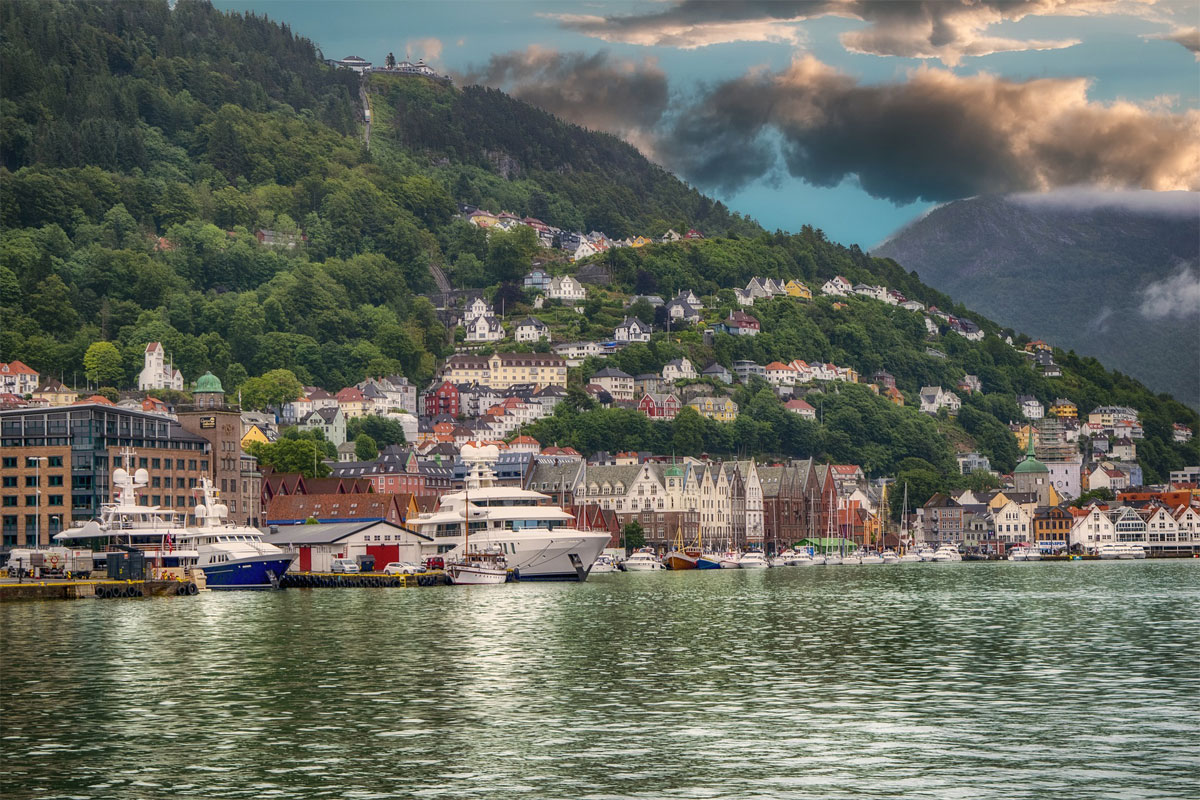Norway has beautiful natural landscapes, attractive villages, and distinctive architectural specimens. It was also home to the Vikings around 1000 years ago. The Vikings were renowned for raiding, plundering, and establishing their colonies in other countries as seafarers that have generated countless tales, myths, and legends throughout the years. Now we will examine the top 5 famous vikings facts about Norway.
Fun Facts About The Vikings
The Vikings were renowned for raiding and plundering across vast distances from their home in Scandinavia but trading with other nations.
Viking history and culture
Assault on Lindisfarne Abbey in England in 793 marked the beginning of the Viking period. The death of King HaraldHardrada in the Stamford Bridge Battle in 1066 marked the end of their heyday.
5 Famous Vikings Facts About Norway
Often the Vikings are depicted as one-dimensional warriors, which entail just looting and raiding. But where did the Vikings come from, and they were genuinely vicious, godless pagans? Historian Philip Parker describes the Viking word’s actual history here.
-
Vikings are known for excellent hygiene.
Viking warriors had to frighten Valhalla with ruddy boats and chopping enemies, right? As a result of Viking excavations, animal bones and antlers were used to make ear cleaners and tweeters. In natural hot springs, the Vikings bathed at least three times a week, considerably more than other Europeans of their day.
-
Vikings used the liquid to start fires.
Although the Vikings were clean freaks, they had no hesitation in using the potential of one waste product. You gathered a fungus called touchwood off the bark of a tree and boiled it in urine for days before putting it into something similar. The sodium nitrate in the urine would make the item smoke instead of burning, allowing Vikings to take fire.
-
Vikings didn’t wear horned helmets.
Forget about almost every Viking warrior suit you saw. Sure, the battling Norsemen wore helmets, but the entire horny festooned cask appearance? The Viking figures do not depict this, and the only authentic Viking helmet that has ever been found is horn-free. Painters appear to have made the trend in the 19th century, possibly influenced by ancient Greek and Roman chroniclers’ depictions of northern Europeans. Long before the Vikings, Norse and German priests wore horned casks for ceremonial reasons.
-
Arrived In North America Before Columbus
Often Christopher Columbus is the first European to find America, although that is not accurate strictly speaking. Leif Erikson, a Viking adventurer, arrived 500 years before Columbus in the New World, which made him the first European to accomplish this.
Erikson’s blood was discovering new locations. The very first Viking colony was established in Greenland by his father, Erik the Red. After being exiled for murder, he was forced to leave Iceland and made the most of his circumstances via his settlement.
-
Viking men spent their time in farming.
This may be a deception, but most Viking men were brandishing scythes, not swords. Indeed, some were cruel pirates, who got off their boats solely to destroy towns, but most planted barley, rye, and oats in peace—at least part of the year. They also brought cattle, cattle, pigs, and sheep to their modest farms, which usually produced enough food to sustain a family.
Also read this: The best places to visit in Norway

